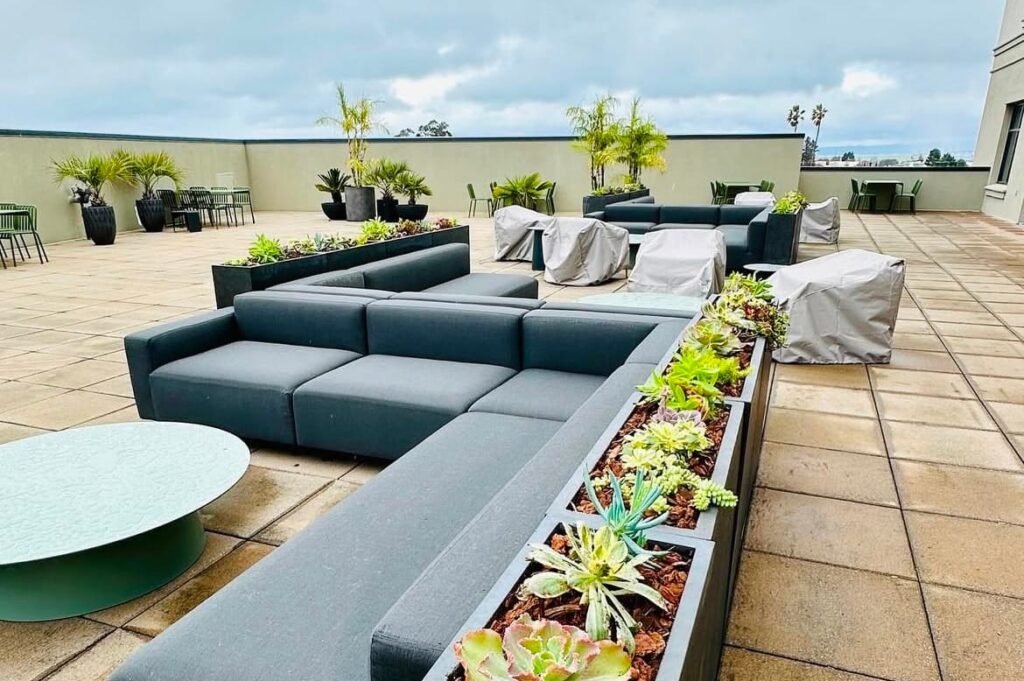As summer fades and cooler temperatures arrive, outdoor plants undergo a critical adjustment period. This transition from warm, sun-filled days to crisp autumn air can be stressful for many species, especially those sensitive to temperature changes or reduced sunlight. Without proper preparation, plants may experience leaf drop, slowed growth, or root damage.
Successfully transitioning outdoor plants from summer to fall requires understanding seasonal cues, soil conditions, and light variations. It’s also the perfect time to refresh your garden setup, promote long-term plant health, and prepare for dormancy or indoor transfer.

Understanding the Seasonal Shift
When the seasons change, environmental conditions shift rapidly. Daylight hours shorten, nighttime temperatures drop, and humidity levels decline. For plants that have spent months thriving in consistent warmth, these changes can cause stress if not managed correctly.
The first step in transitioning outdoor plants is observing the weather patterns. A gradual approach allows roots and foliage to adapt to cooler air and reduced sunlight. Key environmental factors to monitor include:
- Temperature: Most tropical and tender plants begin to show stress when nighttime temperatures fall below 55°F.
- Light: As sunlight weakens, photosynthesis slows, which can cause faded leaves or reduced flowering.
- Soil moisture: Lower temperatures mean slower evaporation, requiring adjustments in watering frequency.
- Wind exposure: Autumn winds can dry out leaves and roots faster than summer breezes.
By tracking these changes early, gardeners can determine when to reduce watering, prune growth, or begin relocating sensitive plants indoors.
Preparing Soil and Containers
Healthy soil serves as the foundation for plant survival during seasonal transitions. As fall approaches, soil composition changes with temperature and moisture fluctuations. Preparing planting beds and containers ahead of time strengthens roots and promotes resilience.
Steps to prepare soil and pots for the cooler season include:
- Refreshing topsoil: Add organic compost or mulch to boost nutrients and retain moisture.
- Improving drainage: Ensure pots and garden beds have proper water flow to prevent root rot during wetter months.
- Inspecting root systems: Check for compacted roots or signs of decay before repotting or overwintering.
- Replacing damaged containers: Cracks in clay or ceramic pots can worsen in cold weather, leading to water leakage or breakage.
These steps maintain soil health and stability as the weather cools. For indoor transfers, using well-draining, nutrient-rich potting mixes helps plants continue thriving under artificial lighting. Our related article on low-maintenance office plants provides valuable insight into soil selection and watering balance for controlled environments.
Adjusting Watering, Light, and Fertilizer
One of the most common mistakes during seasonal change is maintaining a summer care routine. As autumn sets in, plants require less water and fewer nutrients. Continuing to water and fertilize at the same rate can lead to overhydration or chemical buildup, which damages root systems.
To adjust care routines effectively:
- Reduce watering gradually: Allow the top layer of soil to dry between waterings. Overwatering in cooler months increases the risk of fungal growth.
- Monitor sunlight exposure: Move sun-loving plants to areas with maximum light, especially near south-facing walls or patios.
- Scale back fertilizer use: Plants slow their growth during fall and winter. Too much fertilizer can burn roots or cause weak, leggy growth.
- Wipe foliage regularly: Dust and debris accumulation reduce light absorption and airflow.
This moderation phase helps plants acclimate naturally and conserves their energy for dormancy. Tracking how outdoor plants respond to the shorter days ensures they remain healthy and vibrant before the first frost arrives.
Deciding Which Plants to Bring Indoors
Not all plants can withstand dropping temperatures. Identifying which ones to overwinter indoors helps prevent losses when the cold sets in. Species such as tropical foliage, succulents, and tender annuals typically require indoor protection, while hardy perennials can remain outside with proper mulching.
Before bringing any outdoor plants indoors, it’s important to inspect and treat them for pests or diseases. This step prevents infestations from spreading to indoor greenery. Key precautions include:
- Check undersides of leaves: Look for aphids, spider mites, or whiteflies hiding beneath foliage.
- Trim and clean: Remove damaged leaves and dead growth to minimize pest attraction.
- Repot if necessary: Use fresh soil to eliminate insect eggs or larvae that may have accumulated over the summer.
- Acclimate gradually: Move plants indoors for a few hours each day before keeping them inside full-time.
Once indoors, maintain similar care conditions by adjusting light exposure and airflow. Plants that once thrived in natural sunlight may need supplemental grow lights to stay healthy throughout winter. To learn how to keep greenery vibrant in interior settings, explore our seasonal guide to indoor plant care.
Protecting Remaining Outdoor Plants for Winter
While many plants are moved inside, some remain outdoors through winter. These include shrubs, trees, and hardy perennials that can tolerate cold weather with proper preparation. Protecting outdoor plants ensures they return stronger in spring.
Key protection techniques include:
- Applying mulch: A 2–3 inch layer of organic mulch around the base helps insulate roots.
- Watering before freezing: Moist soil retains warmth better than dry soil, shielding roots during frost.
- Covering delicate foliage: Use breathable fabric or frost cloth to protect sensitive plants from cold snaps.
- Pruning selectively: Remove dead or diseased branches, but avoid heavy trimming until late winter or early spring.
Consistent observation during early frost periods allows for quick intervention when plants show signs of stress. By maintaining a balance between protection and natural adaptation, gardeners support continued root development throughout the dormant season.
Keep Your Greenery Thriving Through Every Season
Transitioning outdoor plants from summer to fall requires planning, patience, and expert knowledge of soil, temperature, and plant behavior. Professional horticultural services ensure every plant receives the right care at the right time. For expert seasonal maintenance and customized plant care solutions, contact The Wright Gardner to keep your landscape flourishing through every season.
